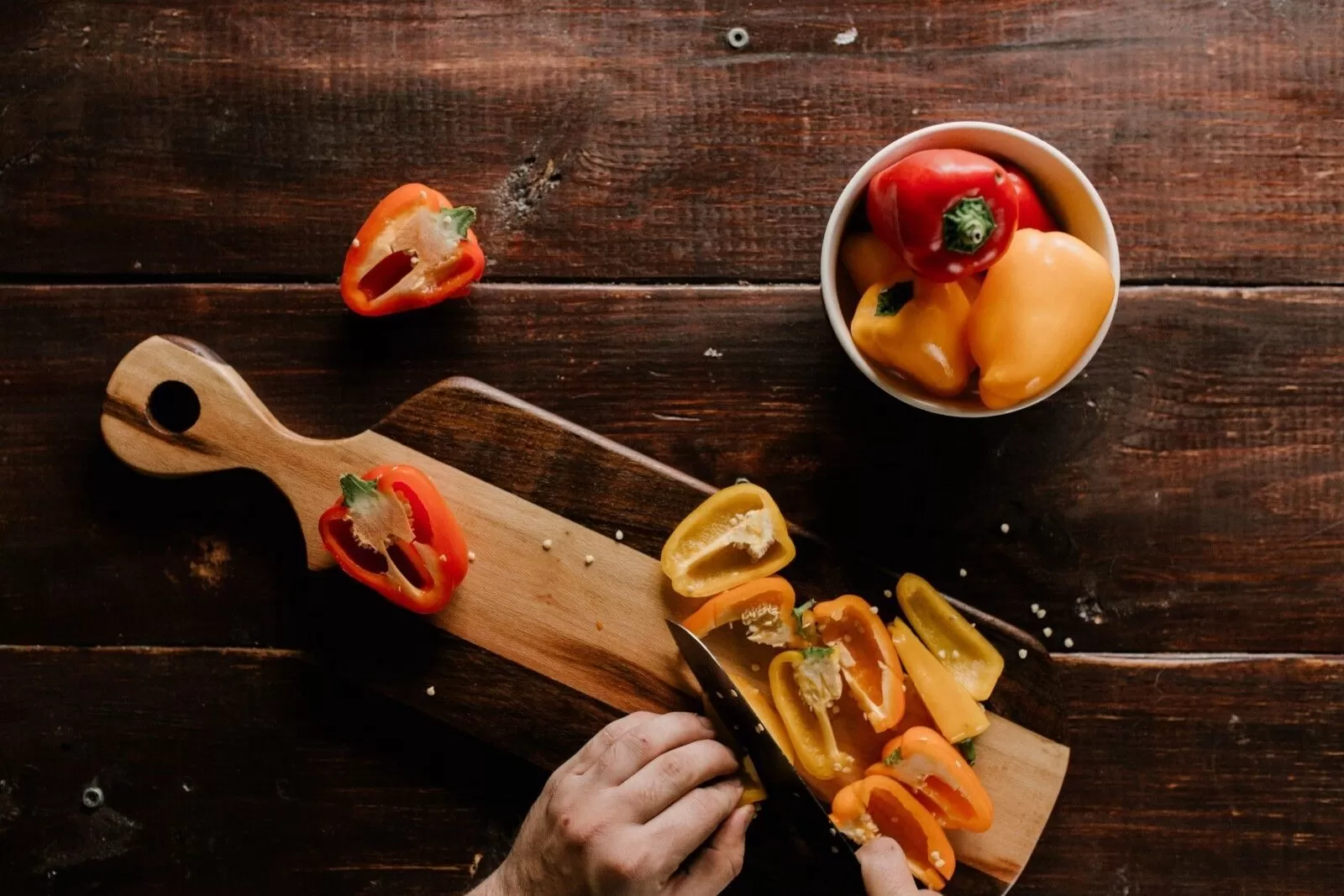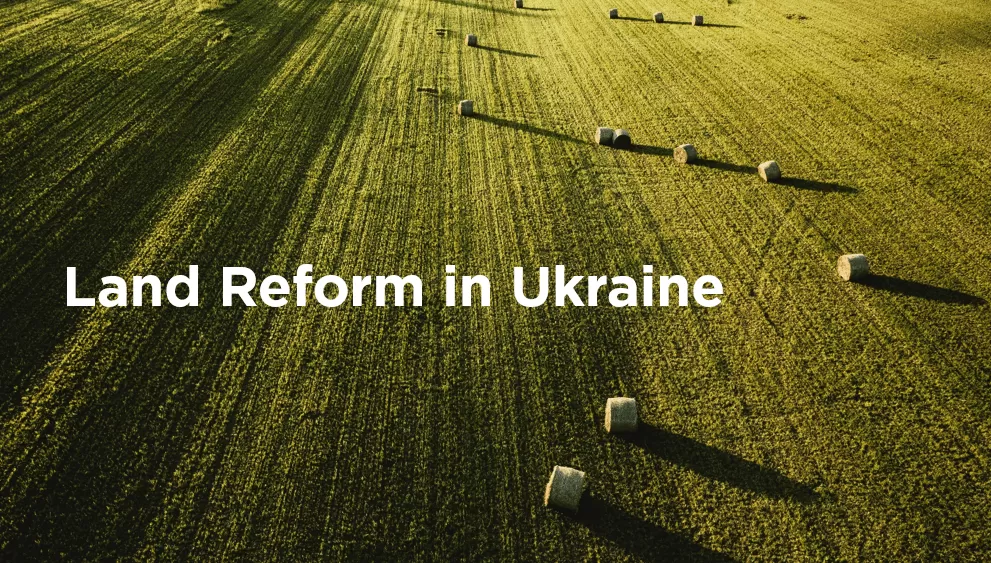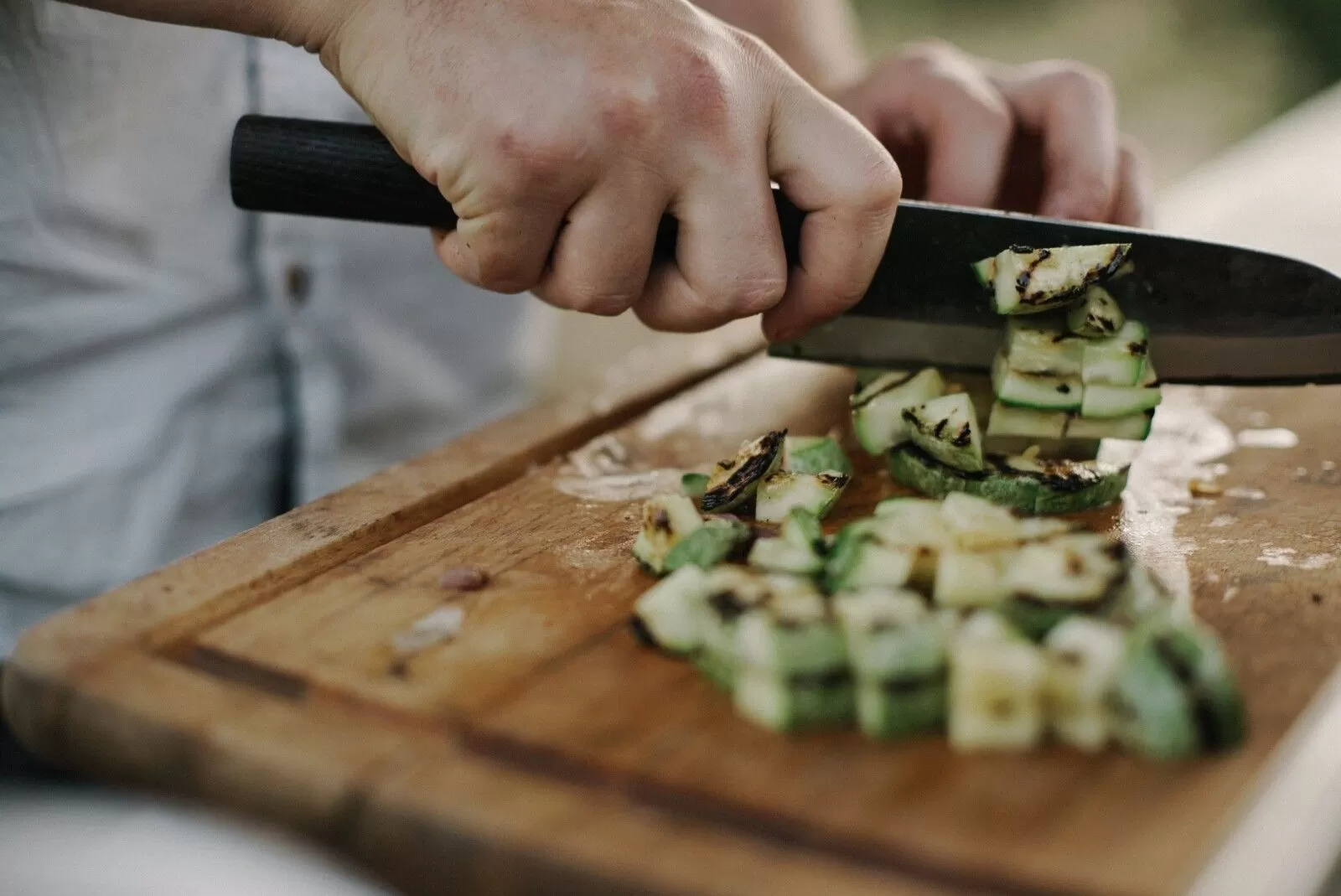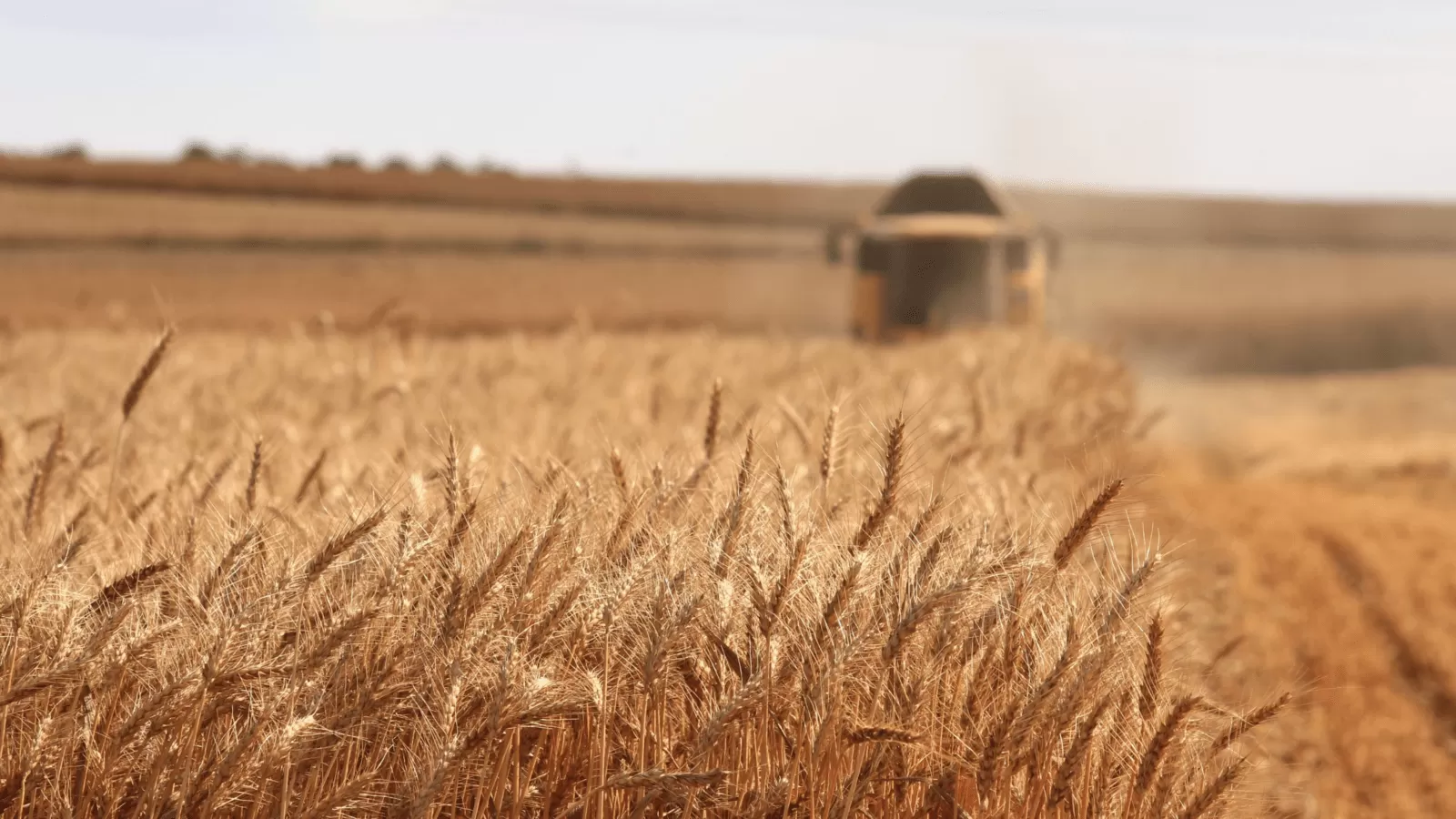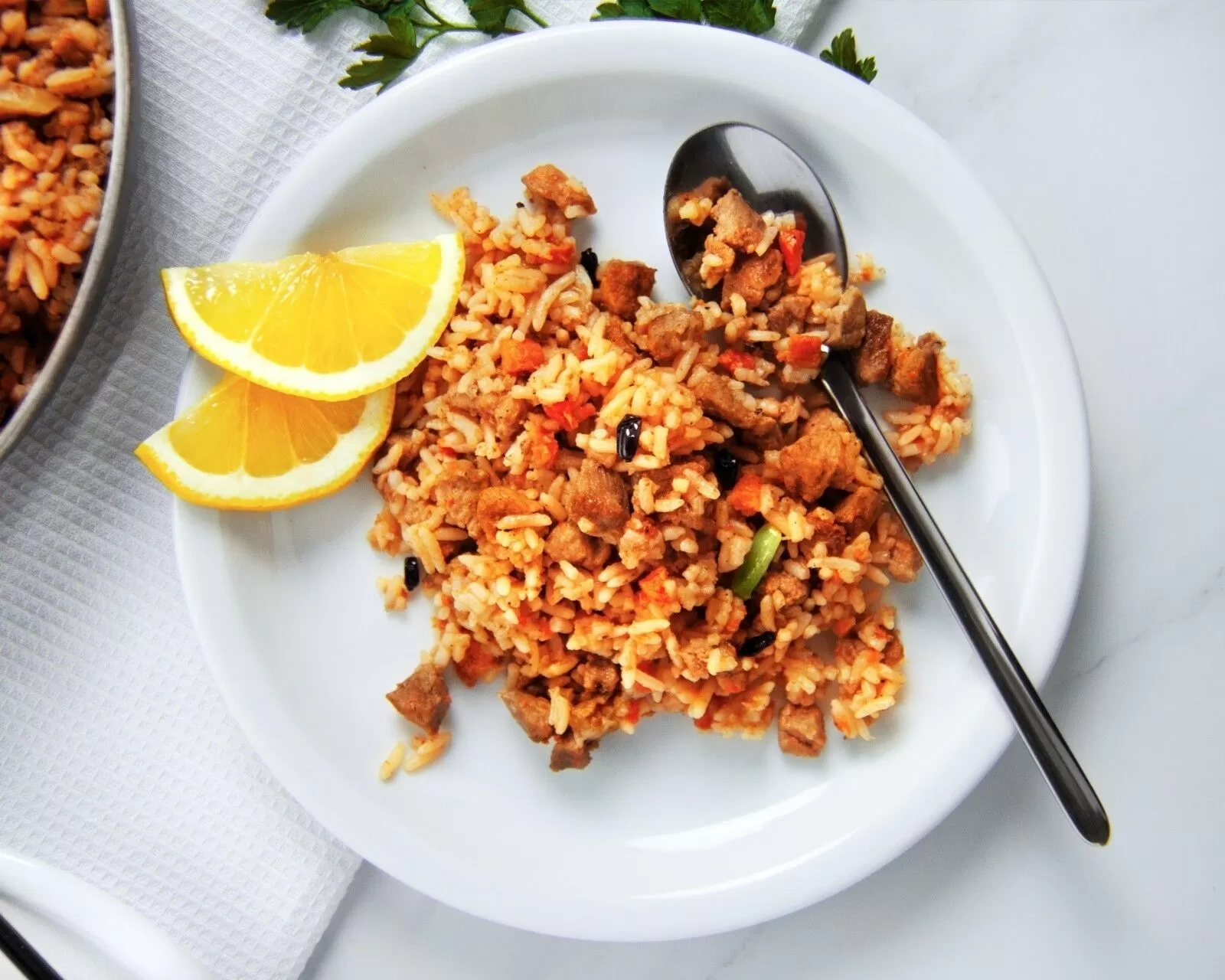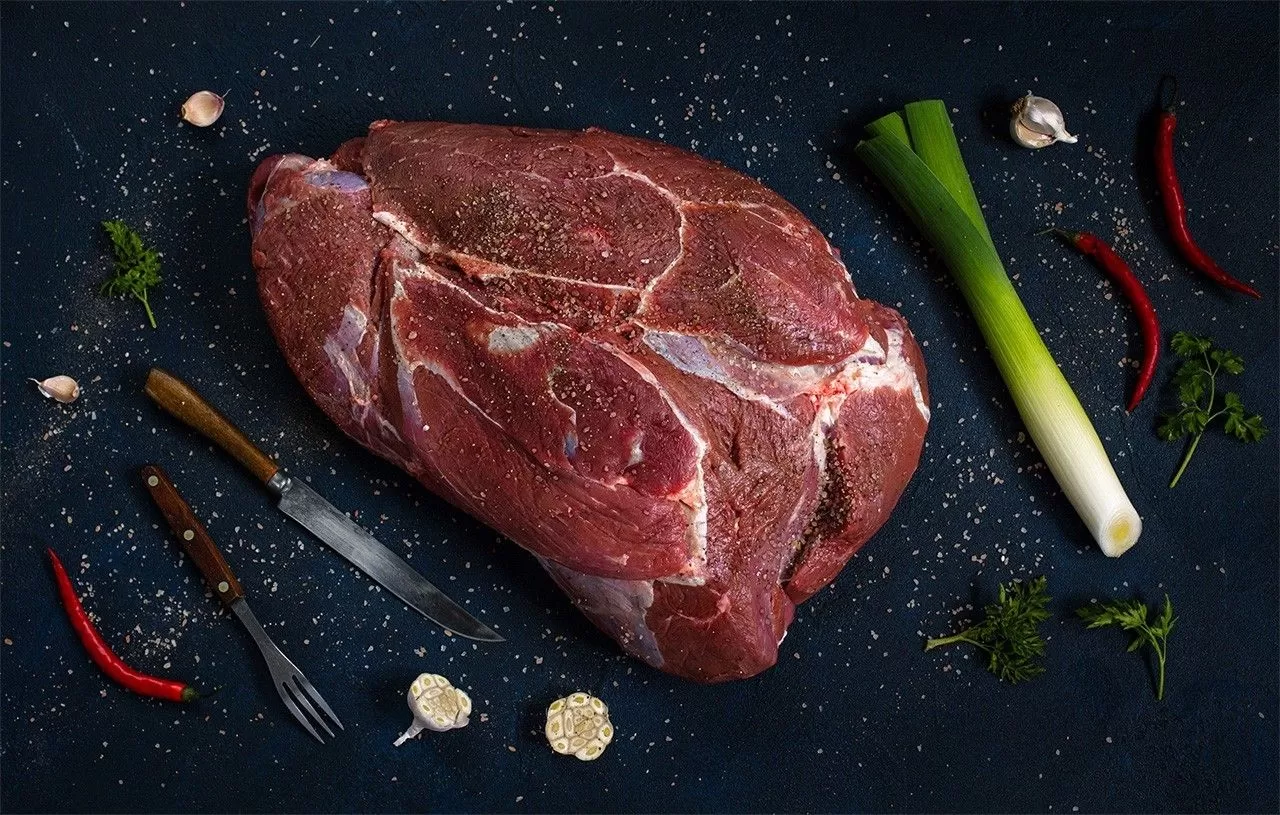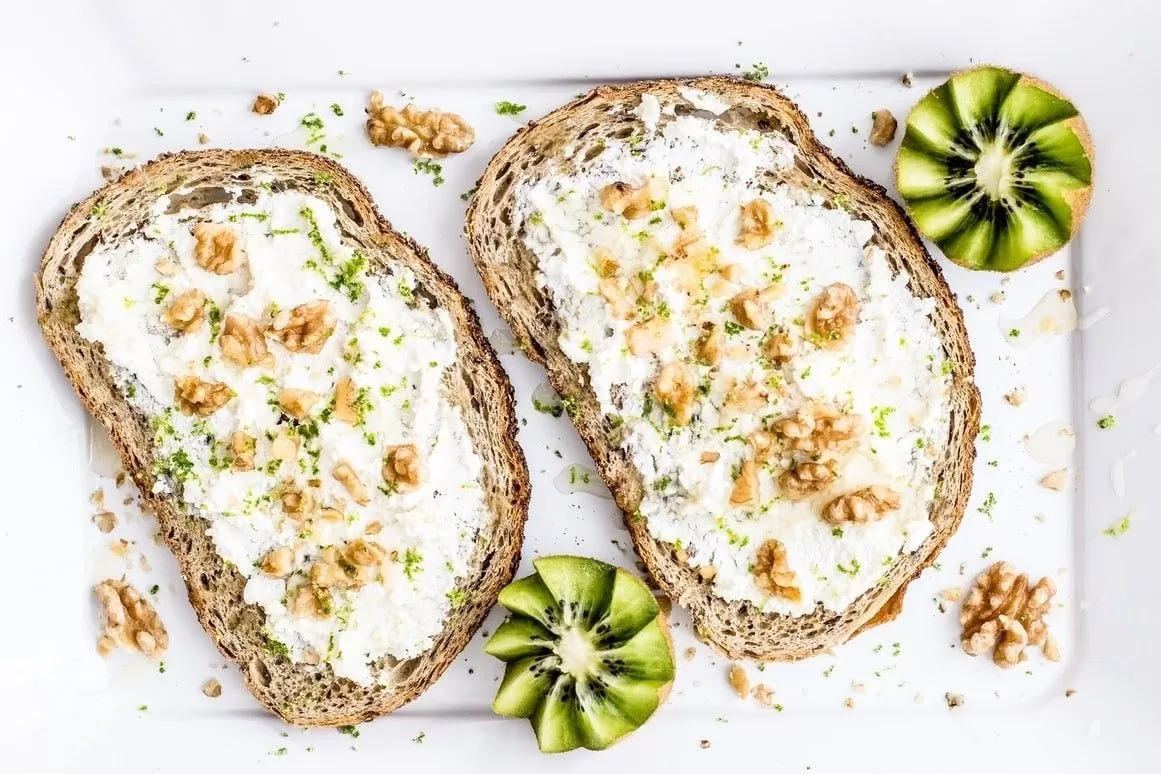
Lard is such a versatile product that it can be used as both cooking fat, baking, grilling, roasting, and grilling, as well as a raw delicacy on a sandwich. No matter how much you consume lard, it will do you a lot of good. And that’s why:
- Pure unprocessed lard does not taste pork, it is neutral;
- Lard does not contain transfat, which makes it a better choice than other cooking fats;
- It has less saturated fat and cholesterol than butter;
- Lard contains healthy monounsaturated fats, like olive oil;
- It also has a high combustion temperature, which makes it ideal for hot food;
We will go on to describe all the advantages of lard.
The benefit of fresh lard
It is no secret that pork lard is very useful for the heart, as it has a high concentration of monounsaturated fat, favourable for the health of the cardiovascular system. Salo prevents the accumulation of harmful cholesterol, which causes most heart disease.
It also contains vitamin B and C as well as minerals such as phosphorus and iron. And the lard has no sugar, which makes it an excellent product for diabetics.
You also have to remember about oleic acid. It’s 45% fat. By the way, in products, it can be called E570, in fact, Omega-9. This compound helps to restore the elasticity of the vessels, prevent the formation of clots and accelerate the recovery of cells. Oleic acid is now highly valued in cosmetics because it restores the skin, strengthens hair and nails, and improves the penetration of other useful substances into the skin.
The use of salad for roasting
Lard is very resistant to high temperatures, so it is often used as cooking fat for cooking or baking. Because lard can withstand high temperatures, unhealthy free radicals are not fed. Also during the roasting, there is no smoke on the fat, since the average temperature of the heat is 170°C and the point of the smoke is 190 °C.
Besides, the lard is neutral to taste, and therefore does not interrupt the flavour of the dish, as is often the case with, for example, coconut oil.
By the way, it’s interesting that lard is also used for baking. The melting point is lower than the butter, which means that more air and steam are released during baking. This increases the boil itself and makes the dough richer. It works well with dough for cookies, pies, or cake cakes.
At first glance, lard may be a solid fat, so it is caloric and harmful. But it is not! Lard consists of 39% saturated fat, 45% monounsaturated fat, and 11% polyunsaturated fat. Our body needs these fats to absorb vitamins A, D, and E. Without fats, the body has difficulty absorbing these vitamins, which are essential for our immune system. By giving up fat, we are depriving ourselves of really important elements.
But there must be a measure in all things. It is not necessary to abuse this delicacy, as it is enough to eat one slice of lard a day to store the necessary vitamins. It is also worth remembering that fresh lard, like fresh pork, can be a causative agent for various bacteria, and therefore it is necessary to buy it only in shops where you can be sure. Because if you don’t keep the fat properly, it can be bad for your health.
For example, our salted lard can only be stored in a refrigerator for 25 days. After the purchase, we recommend wrapping the piece in a parchment or cotton bag and putting it immediately cooled. We also advise you to keep the lard away from fragrant foods so that it does not absorb their scent.

